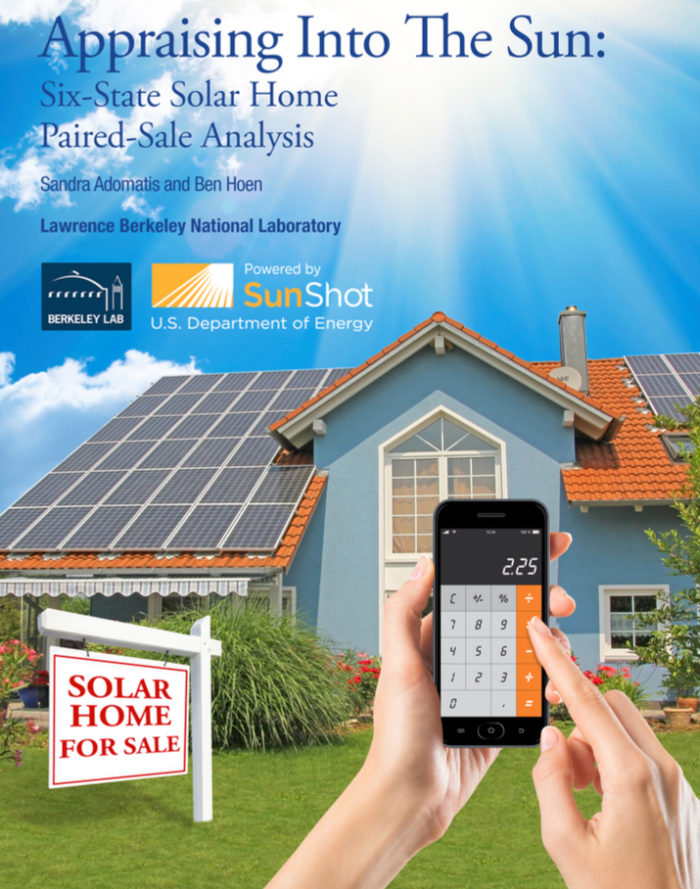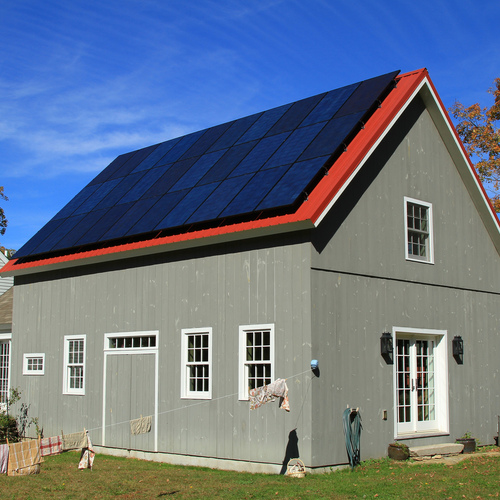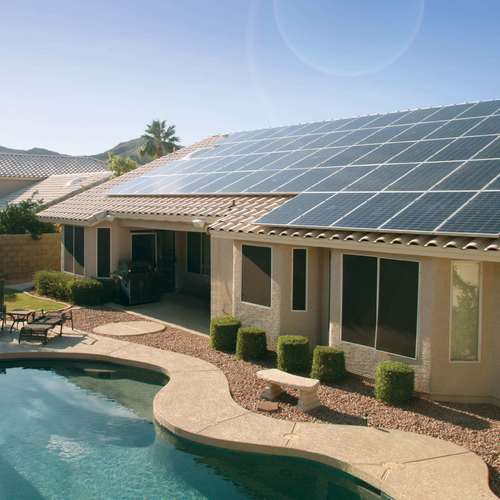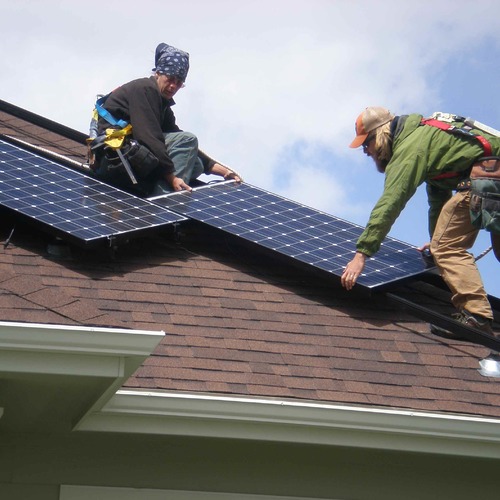
Image Credit: Lawrence Berkeley National Laboratory
A study by the Lawrence Berkeley National Laboratory two years ago found that homebuyers would pay $15,000 more for a house if it came with an average-sized photovoltaic (PV) array. A new study comparing sales of homes with and without PV in six states has come up with essentially the same result.
The report, “Appraising Into The Sun”, compares the value of single-family homes in six states. A team of seven appraisers, all of them familiar with their local markets, analyzed sales of 43 pairs of comparable houses. One house in each pairing had PV, while the other did not.
PV systems added a price premium to homes of between $2.68 and $4.31 per watt, with an average of $3.78 per watt, or $14,000 for a PV array rated at 3.8 kilowatts.
Appraisers started with a pool of 208 PV-equipped homes. But after screening them, only 20% of them remained, underscoring the “difficulty of conducting comparable-sales analysis on PV homes.”
As installations increase, so does the need for data
Nearly 600,000 properties had PV installations by the end of 2014, the report’s overview says, but appraising these houses is complex, and there’s rarely enough information to provide an accurate picture of how much value the systems add.
“If a lender’s underwriter requires that the sales-comparison approach use the sale of a similar property with a PV system, and such a comparable sale is unavailable, this can result in zero value assigned to the PV system,” it adds.
Past studies have shown that PV systems make houses more valuable, but few of them were written by real estate appraisers using standard industry methods. While other studies used large-scale statistical analysis, an approach favored by researchers, for a number of reasons many appraisers and their lending clients like the paired-sales technique better.
In this study, Sandra Adomatis, an experienced appraiser, worked with Ben Hoen of the Lawrence Berkeley Lab to produce this “first-of-its-kind” study comparing home valuation by appraisers with “statistically derived” comparisons. “Both approaches produced similar premium results, providing additional strong evidence that PV adds value to homes in a variety of markets,” the overview says.
Adomatis, who helped develop the Appraisal Institute’s Green Addendum, said that one of the most important contributions of the study was showing paired-sales analysis produced similar results as cost, income, and statistical modeling approaches. “Lending appraisal guidelines and expectations should allow these methods for estimating PV home premiums when comparable sales are not available,” she said in a written statement.
Weekly Newsletter
Get building science and energy efficiency advice, plus special offers, in your inbox.















0 Comments
Log in or create an account to post a comment.
Sign up Log in